Tangled Browser: Causes and Solutions
.jpg)
Tangled Browser is a new browser that offers users a unique browsing experience. The browser is based on the open-source version of Google Chrome called Chromium but with one significant difference – no personal data or browsing history is shared or stored on the network. Users do not have to register an account with Tangled Browser, and the browser does not collect or compile data about its users.
One of the primary concerns of internet users is privacy and security. Tangled Browser addresses these concerns by ensuring that users' personal data is not collected, stored, or shared. This makes Tangled Browser an attractive option for those who value their privacy and want to protect their personal information from being tracked or monitored by third parties.
Key Takeaways
-
Tangled Browser is a new browser that offers users a unique browsing experience.
-
Tangled Browser does not collect or compile data about its users, making it an attractive option for those who value their privacy.
-
Tangled Browser addresses privacy and security concerns by ensuring that users' personal data is not collected, stored, or shared.
Understanding Tangled Browsers
Tangled Browser is an internet browser that is based on the open-source version of Google Chrome called Chromium. The main difference between Tangled Browser and Google Chrome is that Tangled Browser does not share or store any personal data or browsing history on the network. This is because Tangled Browser does not collect or compile data about its users, and users do not have to register an account with the browser.
Tangled Browser is built on the Millix network, which is a distributed ledger technology that uses a DAG (Directed Acyclic Graph) structure. This structure allows for faster and more efficient transactions, making it ideal for use in a browser. The Millix network also provides a high level of security, as each node on the network is responsible for validating transactions.
One of the key features of Tangled Browser is its security. The browser is designed to protect users from phishing attacks, malware, and other online threats. Tangled Browser uses a variety of security measures, including SSL encryption, to ensure that user data is protected.
The Tangled Browser community is also an important aspect of the browser. The community is made up of developers, users, and other stakeholders who work together to improve the browser and make it more secure. The community is also responsible for maintaining the network and ensuring that it remains secure and reliable.
In terms of network architecture, Tangled Browser uses a decentralized system of addresses to ensure that user data is protected. Each user has their own unique address, which is used to send and receive transactions on the Millix network. This decentralized system helps to prevent hacking and other security breaches.
Overall, Tangled Browser is a secure and efficient internet browser that is built on a decentralized network. The browser is designed to protect user data and prevent online threats, making it an ideal choice for those who are concerned about security. The Tangled Browser community is also an important part of the browser, as it works to improve the browser and maintain the Millix network.
The Role of Content in Tangled Browsers
The Tangled Browser is a decentralized web browser that uses blockchain technology to provide a secure and private browsing experience. The browser relies on a peer-to-peer network to crawl and store content, distribute search result rankings, and manage economics. It is designed to be more secure and transparent than traditional web browsers that store user data in corporate data centers for profit.
The content is a crucial aspect of the Tangled Browser. The browser's decentralized nature means that each user's browser (node) is eligible to participate in the Tangled search network. Each node crawls content from the internet and stores it in a local database. The local database contains a small fraction of the total amount of content on the internet.
The Tangled Browser's approach to content crawling is different from traditional search engines. Traditional search engines store an index of the internet and users' private search histories in corporate data centers for profit. In contrast, the Tangled Browser distributes small fragments of an internet index on the peer-to-peer network. This approach ensures that no single entity has control over the search results, and the search results are more transparent and secure.
Processing and storage of content are also essential aspects of the Tangled Browser. Each node in the Tangled network processes and stores content locally, ensuring that the content is secure and private. The decentralized nature of the Tangled Browser means that no single entity has control over the content processing and storage.
In conclusion, content is a crucial aspect of the Tangled Browser. The browser's decentralized nature means that each user's browser (node) is eligible to participate in the Tangled search network. The Tangled Browser's approach to content crawling ensures that the search results are transparent and secure. Processing and storage of content are also essential aspects of the Tangled Browser, ensuring that the content is secure and private.
Security and Privacy Concerns
Tangled Browser has gained popularity due to its decentralized approach to search engine crawling and storage, search result rankings, and economics. However, with the increasing reliance on external services, there are several security and privacy concerns that users of Tangled Browser should be aware of.
One of the main concerns is the security of web pages that are loaded through the Tangled Browser. As with any browser, Tangled Browser is vulnerable to web application security vulnerabilities that can be exploited by attackers to gain access to personal data or to take control of the user's device. Additionally, Tangled Browser's security model may not be as robust as those of more established browsers like Google Chrome, which could leave users more vulnerable to attacks.
Another concern is the privacy of personal data. Tangled Browser's decentralized approach to search engine crawling and storage means that user data is not stored in a centralized location, which could be seen as a privacy advantage. However, users should be aware that their personal data is still being shared with other users on the network, which could potentially lead to privacy breaches.
Tangled Browser also relies heavily on external services, which can introduce security vulnerabilities. For example, the browser loads content from content delivery networks (CDNs) and external services, which could be exploited by attackers to inject malicious code into the browser. Additionally, the browser's decentralized approach to search engine crawling and storage means that search results may not be as accurate or reliable as those provided by more established search engines.
In conclusion, while Tangled Browser's decentralized approach to search engine crawling and storage may be appealing to some users, it is important to be aware of the security and privacy concerns associated with the browser. Users should take steps to protect their personal data and ensure that they are using the most secure version of the browser available.
Exploring the Millix Network
Tangled Browser provides users with an opportunity to explore the Millix network, a decentralized collection of nodes that exchange data and synchronize time with each other. The Millix network is non-hierarchical, which means there is no central authority that controls the network.
Users can explore various use cases for Millix, including making payments using the Millix cryptocurrency. To make a payment, users need a Millix address, which is a unique identifier on the network. Users can obtain a Millix address by creating a payment address on the Tangled Browser. Once a user has a payment address, they can send and receive Millix cryptocurrency.
One of the advantages of using the Millix network is its availability. The network is always on, and users can make transactions at any time. Moreover, the network is peer-to-peer, which means that users can transact directly with each other without the need for intermediaries.
However, users should be aware of the risks associated with using cryptocurrency. Transactions on the Millix network are irreversible, which means that users cannot cancel or reverse a transaction once it has been sent. Additionally, the value of Millix cryptocurrency can be volatile, and users should be prepared for the possibility of losing some or all of their investments.
Users can earn from transaction fees and advertisement payments on the Millix network. Transaction fees are paid by users who want their transactions to be processed quickly. Advertisement payments are made by advertisers who want to reach a specific audience on the network. Users can earn from these payments by participating in the network as nodes.
In summary, Tangled Browser provides users with an opportunity to explore the Millix network and make payments using the Millix cryptocurrency. Users should be aware of the risks associated with using cryptocurrency and should take appropriate precautions to protect their Millix balance.
Tangled Browser and Search Engine
Tangled Browser is an internet browser that extends the capabilities of the Tangled Search Engine. It operates as a node on the Tangled Search Engine and has the ability to respond to search requests with matching data. Each time a Tangled Browser responds to a search, it has an opportunity to be paid for its service.
The Tangled Search Engine is a peer-to-peer search engine that decentralizes content crawling and storage, search result rankings, and economics. It addresses the problem of biases that exist in centralized search engines. Tangled Search Engine is indexed by quality, personalization, and context, which makes it a more reliable and accurate search engine.
Tangled Browser and Search Engine work together to provide a more efficient and reliable search experience. Tangled Search Engine provides a decentralized search engine that eliminates the problem of biases. It also provides an opportunity for users to earn money by contributing to the search engine.
Tangled Browser, on the other hand, provides an interface for users to access the Tangled Search Engine. It is designed to be user-friendly and easy to use. It integrates with MetaMask extension and supports minting and reconverting MLX to WMLX.
Overall, Tangled Browser and Search Engine offer a new way of searching the internet that is more reliable, efficient, and unbiased.
Performance and Accuracy
Tangled Browser is a decentralized peer-to-peer search engine that distributes small fragments of an internet index on the local database of participating nodes. This approach provides better performance and accuracy than traditional centralized data center-based search engines.
Unlike centralized search engines, Tangled Browser doesn't rely on a single data center to store and process search queries. Instead, it utilizes a distributed network of nodes that share the workload of crawling and indexing the internet. This approach provides faster search results, as nodes can process and respond to search queries locally without relying on a centralized data center.
Moreover, Tangled Browser's decentralized architecture also enhances accuracy and trust. Since the search results are generated locally on each node, there is no single point of failure or censorship. This approach ensures that search results are not influenced by any central authority or bias.
In addition, Tangled Browser's local database approach also improves performance and accuracy. Since the search index is distributed across multiple nodes, search queries can be processed locally, reducing latency and improving search accuracy. Furthermore, Tangled Browser's local database approach also provides better privacy and security since user search history is not stored on a centralized server.
Overall, Tangled Browser's decentralized peer-to-peer approach provides better performance, accuracy, and trust than traditional centralized search engines. Its local database approach ensures faster and more accurate search results while also providing better privacy and security to users.
Economic Aspects of Tangled Browsers
Tangled Browser is a decentralized platform that enables peer-to-peer content crawling and storage, search result rankings, and economics. Unlike traditional search engines that store an index of the internet and users' private search history in corporate data centers for profit, Tangled Browser distributes small fragments of an internet index on the network.
Tangled Browser's economic model is designed to reward participants for contributing to the network. Payment for services on the platform is made using the Millix cryptocurrency, which is used to pay transaction fees, advertisement payments, and reserve currency. Transaction fees are paid to search node operators and Millix node operators who provide computational resources to the network.
The platform offers earning opportunities for content creators, content consumers, and content moderators. Content creators can earn Millix by creating high-quality content that is shared and viewed by others. Content consumers can earn Millix by contributing to the network by sharing content and participating in searches. Content moderators can earn Millix by verifying the quality of content and ensuring that it meets the platform's standards.
Tangled Browser's economic model is based on a peer-to-peer network that eliminates the need for intermediaries and reduces transaction costs. This model also reduces the risk of censorship and ensures that the network remains open and accessible to all.
In conclusion, Tangled Browser's economic model is designed to create a decentralized platform that rewards participants for contributing to the network. The platform's use of cryptocurrency and peer-to-peer transactions eliminates intermediaries and reduces transaction costs. This model creates an open and accessible network that is resistant to censorship and provides earning opportunities for participants.
Tangled Browsers and Social Media
Tangled Browser is a unique web browser that offers a variety of features to enhance user experience. One of the standout features of Tangled Browser is its integration with Tangled Social, a social media platform that offers additional earning opportunities to its users.
Tangled Social was launched in December 2022 and has since gained significant traction, with over 5 million page views and an average of 40,000 page views per day. When new users sign up for Tangled Social, they are greeted with a welcome tutorial that teaches them the basic features. All active Tangled Social users receive frequent stimulus payments, while Tangled Browser users receive larger stimulus payments than users on traditional browsers.
In terms of social media integration, Tangled Browser offers a seamless experience for users who want to stay connected while browsing the web. Users can easily access their social media accounts directly from the browser, without having to open a separate tab or window. This feature is particularly useful for users who want to multitask or stay connected while browsing the web.
Tangled Browser is also well-suited for gaming, with a built-in gaming platform that offers a variety of games for users to play. The platform is constantly updated with new games, ensuring that users always have something new to play. Additionally, the browser offers a variety of tools and features that make gaming more enjoyable, such as ad-blocking and pop-up blocking.
It is worth noting that Tangled Browser is not biased towards any particular social media platform or gaming company. The browser is designed to offer a neutral and unbiased experience for all users, regardless of their preferences. This approach has helped Tangled Browser to gain a loyal following among users who value neutrality and fairness in their online experiences.
Overall, Tangled Browser offers a unique and innovative approach to web browsing, with a focus on social media integration and gaming. Its integration with Tangled Social and built-in gaming platform make it a compelling choice for users who want to stay connected and entertained while browsing the web.
Technical Aspects of Tangled Browser
Tangled Browser is a unique internet browser that utilizes peer-to-peer technology to decentralize content crawling and storage, search result rankings, and economics. Unlike traditional browsers that store an index of the internet and users' private search history in corporate data centers for profit, Tangled Browser distributes small fragments of an internet index on the network, making it more secure and private.
Tangled Browser is built on top of Chromium, an open-source browser project that powers Google Chrome. It supports HTML and other web technologies and provides a user-friendly interface for browsing the web. The browser is available for Windows, Mac, and Linux operating systems.
Tangled Browser requires a certain amount of computing power to operate efficiently. The browser uses the resources of the user's computer to crawl and store content, making it a resource-intensive application. However, users can adjust the amount of computing power they want to contribute to the network.
The Tangled network is composed of nodes that store and distribute small fragments of an internet index. Each node has a unique address that identifies it on the network. Nodes work together to ensure that the internet index is always up-to-date and accurate.
Addresses on the Tangled network are generated using a unique algorithm that ensures they are unique and secure. Users can generate their own addresses and use them to interact with the network. Addresses can be used to send and receive payments and to participate in the network's governance.
Overall, Tangled Browser is a unique and innovative browser that leverages peer-to-peer technology to provide a more secure and private browsing experience. Its technical aspects, such as its use of Chromium, computing power requirements, a network of nodes, and unique address generation algorithm, make it a powerful tool for browsing the web.
Conclusion
The Tangled Browser is a unique and innovative browser that offers users a decentralized and peer-to-peer search experience. Unlike traditional search engines that store an index of the internet and users' private search history in corporate data centers for profit, Tangled Search distributes small fragments of an internet index on the network of its users.
With Tangled Browser, users can enjoy a faster and more secure browsing experience. The browser is available for Windows, Mac, and Linux operating systems, and it boasts a simple and easy-to-use interface. It also offers users the ability to earn cryptocurrency by sharing their computing resources with the Tangled network.
Overall, Tangled Browser is an exciting and promising development in the world of browsers and search engines. Its decentralized approach to search and browsing is a refreshing change from the status quo, and it offers users a more secure and private browsing experience. With its growing user base and commitment to innovation, Tangled Browser is poised to become a major player in the world of browsers and search engines.
Frequently Asked Questions
How do I download the Tangled app?
To download the Tangled Browser, visit the Tangled website and select the appropriate version for your operating system. Minimum system requirements for Windows include Windows 7, an Intel Pentium 4 processor or later that is SSE3 capable, and 1 GB of RAM. For Mac, OS X El Capitan 10.11 or later is required.
What is Tangled Talk and how do I use it?
Tangled Talk is a feature in the Tangled Browser that allows users to communicate with each other while browsing. To use Tangled Talk, simply click on the Tangled Talk icon in the top right corner of the browser and start typing in the chat box.
Can I withdraw money from Tangled and how?
Yes, users can withdraw money from Tangled. To do so, go to the Tangled Wallet section and click on the Withdraw button. Follow the instructions to complete the withdrawal process.
What is Https khamos tangled com join?
Https khamos tangled com join is not a feature or part of the Tangled Browser. It is possible that this is a phishing scam or a malicious website attempting to imitate Tangled. Users should exercise caution when clicking on unknown links.
Where can I find the Tangled website?
The Tangled website can be found at tangled.com. From there, users can download the Tangled Browser, access the Tangled Wallet, and learn more about the features and benefits of using Tangled.
Is Tangled Browser a web browser or a mobile app?
Tangled Browser is a web browser that can be downloaded and installed on desktop and laptop computers. It is not currently available as a mobile app.
Tim Moseley

.gif) Gold price to rise as investors lose faith in U.S. dollar – Commodity Discovery Fund's Willem Middelkoop
Gold price to rise as investors lose faith in U.S. dollar – Commodity Discovery Fund's Willem Middelkoop
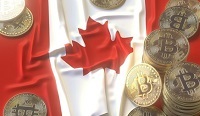
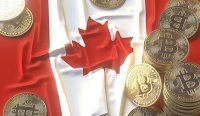 Canada's financial regulator updates guidance for crypto asset exposure
Canada's financial regulator updates guidance for crypto asset exposure

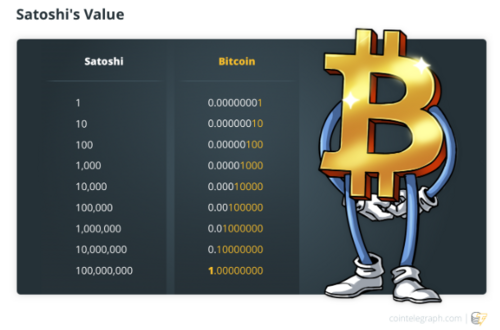
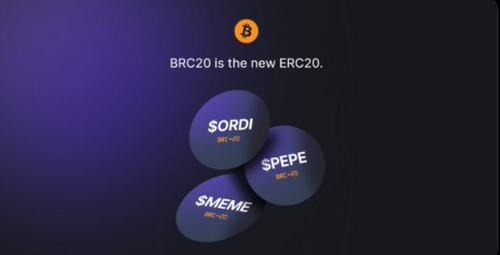
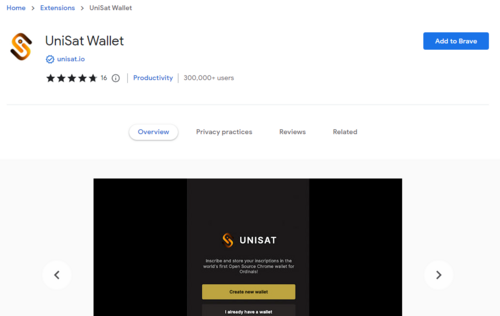

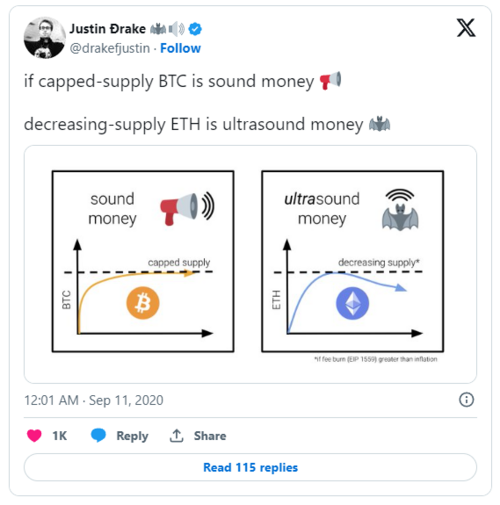
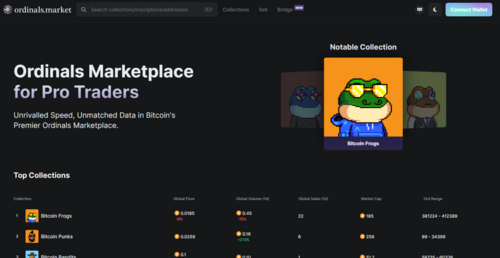
.png)

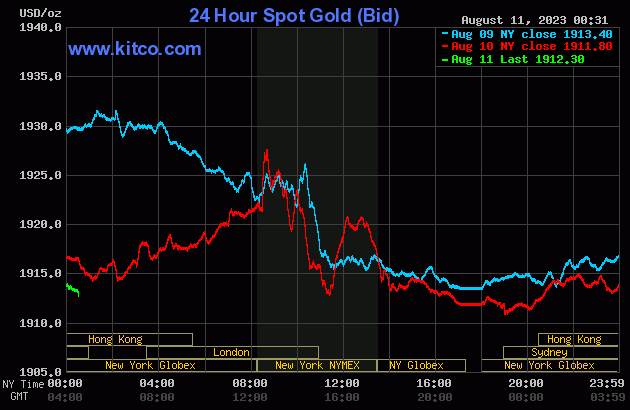
 Gold price to rise as investors lose faith in U.S. dollar – Commodity Discovery Fund's Willem Middelkoop
Gold price to rise as investors lose faith in U.S. dollar – Commodity Discovery Fund's Willem Middelkoop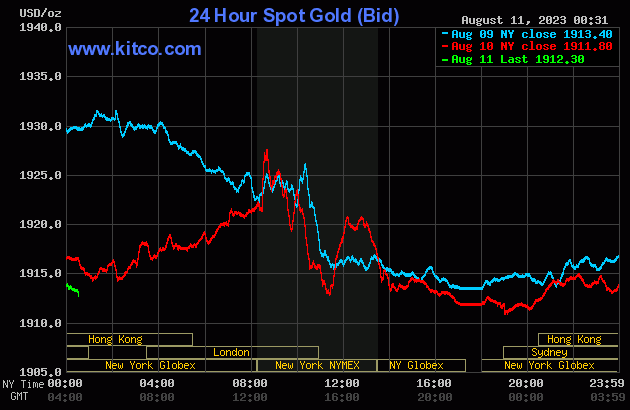
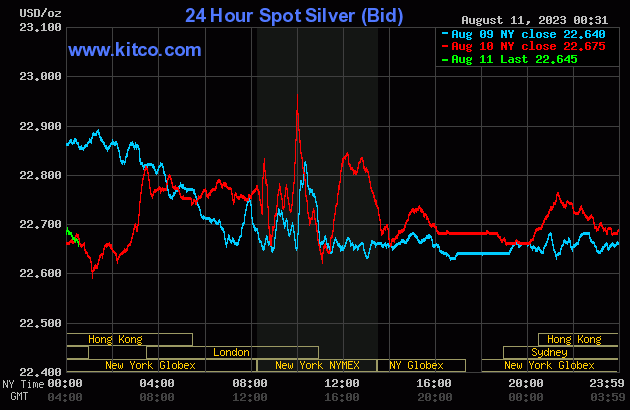

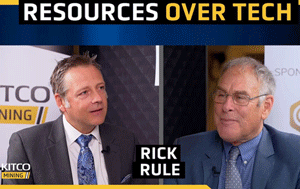
.gif)
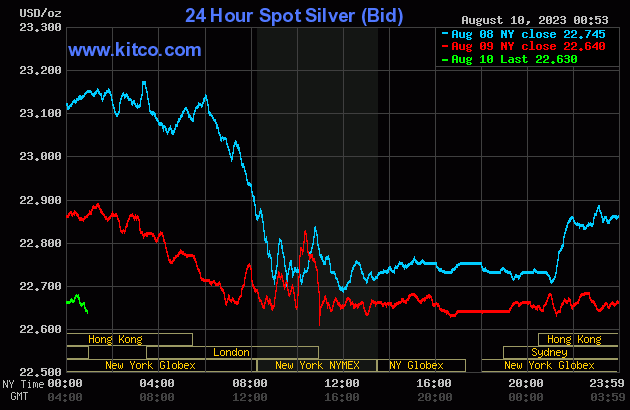
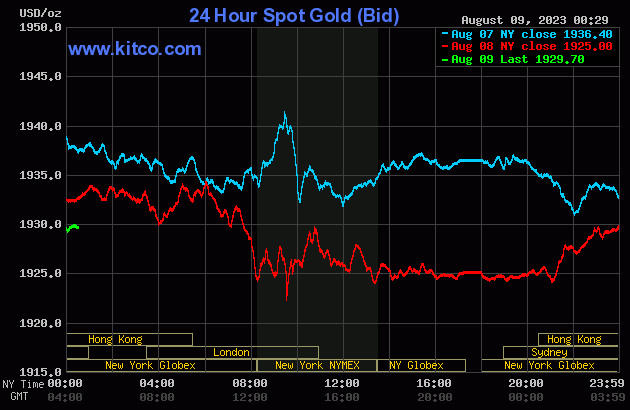
 Turkey imposing extra fees and quotas to meet unprecedented gold demand and rebuild reserves while keeping a lid on trade deficit
Turkey imposing extra fees and quotas to meet unprecedented gold demand and rebuild reserves while keeping a lid on trade deficit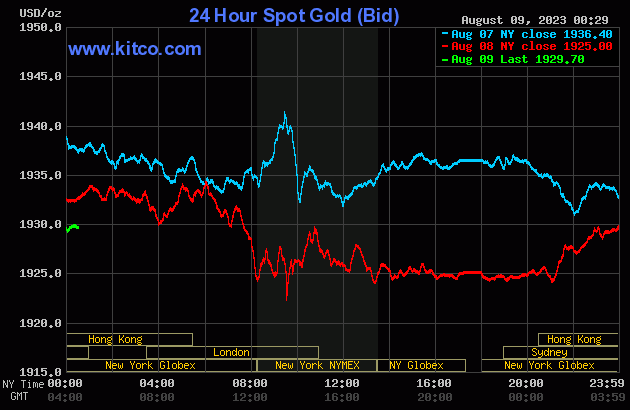
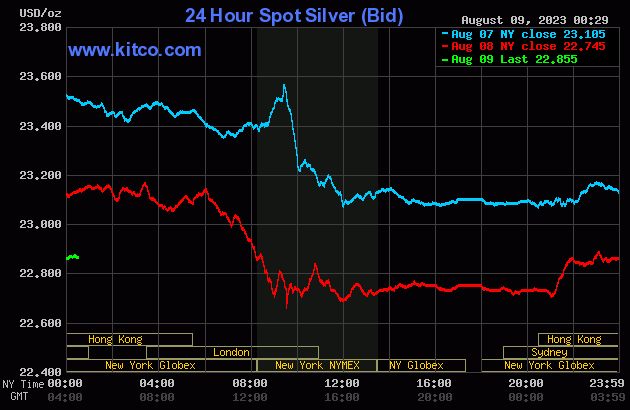
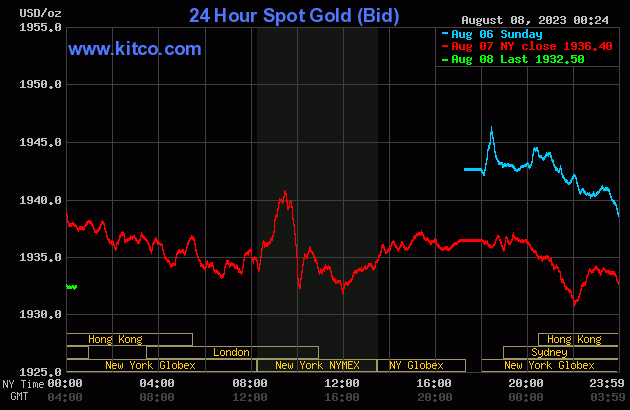
 Central banks become net gold buyers in June, ending three-month selling streak
Central banks become net gold buyers in June, ending three-month selling streak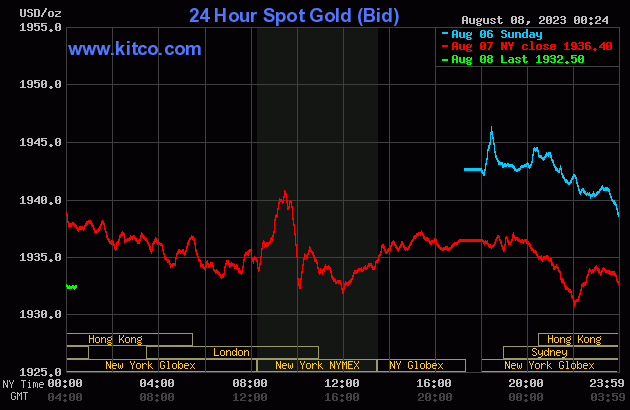
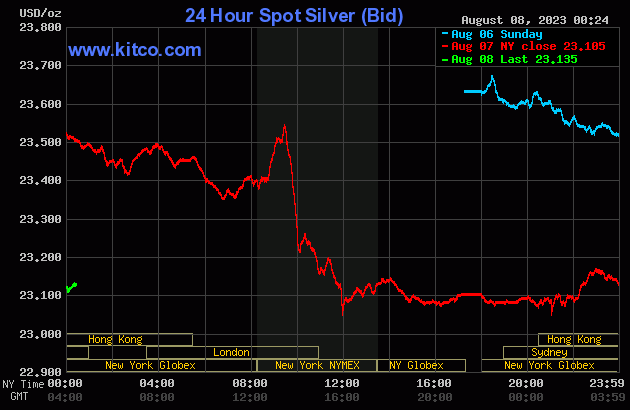


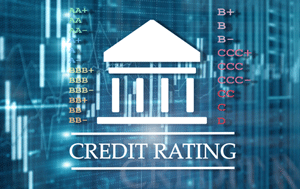 Gold prices test critical support following Fitch downgrade, will take time to regain safe-haven status
Gold prices test critical support following Fitch downgrade, will take time to regain safe-haven status.jpg)